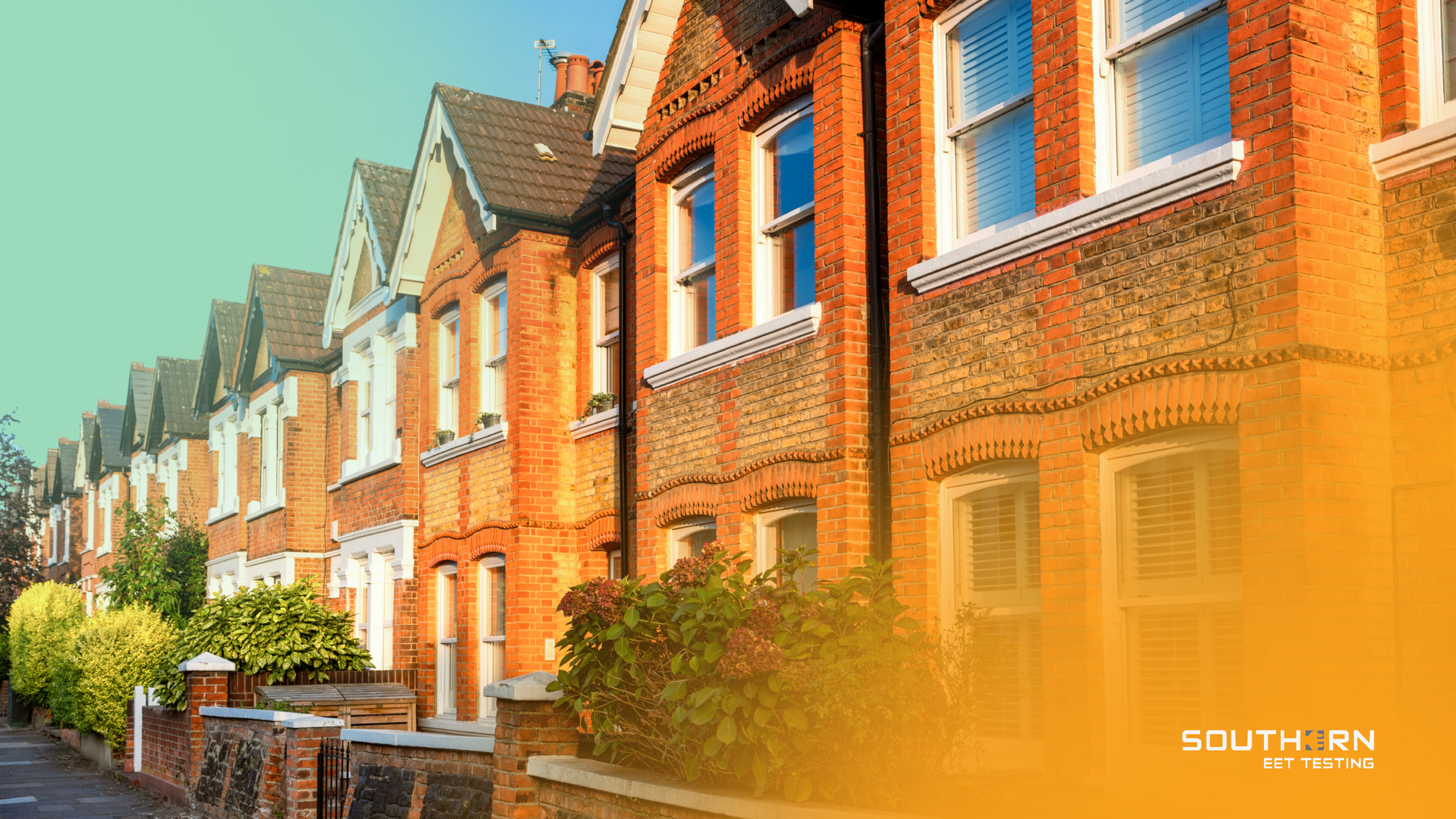Understanding Legionella: Why Regular Testing is Crucial for Building Owners

Background
Legionella, the bacterium behind Legionnaires' disease, a severe form of pneumonia, can grow in human-made water systems. This potentially fatal disease spreads when individuals inhale water droplets containing the bacteria.
There have been several notable cases of Legionnaires' disease outbreaks in the UK:
Edinburgh Outbreak in 2012: One of the most significant recent outbreaks of Legionnaires' disease in the UK happened in Edinburgh, Scotland, in June 2012. Over 100 suspected cases were reported, and four people died. The outbreak was traced back to a cooling tower in the city's industrial area, and several companies were investigated over the outbreak.
Stoke-on-Trent Outbreak in 2012: Later in the same year, another outbreak occurred in Stoke-on-Trent. This outbreak resulted in two deaths, and 19 people were confirmed to have contracted the disease. It was also traced back to a cooling tower, which was not being adequately maintained.
Barrow-in-Furness Outbreak in 2002: This was the UK's worst outbreak, with seven deaths and 180 people infected. A company was fined £1 million as they had failed to adequately manage and maintain their air conditioning system.
Legionella in Buildings
In building environments, particularly those with intricate water systems, Legionella can thrive. Key hotspots include air conditioning systems, hot water tanks, plumbing systems, and facilities like hot tubs and decorative fountains.
Legal Obligations in the UK
In the UK, landlords and building owners are required by the Health and Safety Executive (HSE) to assess and control Legionella risk. While there's no rigid rule on the frequency of Legionella testing, it's recommended to perform an annual test, especially if changes have been made to the water system or Legionella has previously been detected.
Tips for Reducing Risk
To minimise Legionella risk, the following areas can be key;
Risk Assessment: Regular risk assessment is the first step to reduce Legionella risk. It includes identifying potential sources of Legionella, assessing the risks, and implementing measures to control them.
Water System Maintenance: Keep all water systems clean and treated where necessary, especially those that may produce aerosols. Regularly disinfect and descale showers and taps.
Temperature Control: Legionella thrives in lukewarm water. So, keep cold water cold (below 20°C) and hot water hot (above 50°C).
Regular Testing: Regular Legionella testing is crucial, preferably annually, to ensure the measures put in place are working.
By understanding Legionella, how it spreads, and the importance of regular testing, we can together prevent outbreaks of Legionnaires' disease. This not only helps us comply with UK laws and regulations but also ensures the health
For more information visit our
Legionella Testing page, or the
HSE Legionella and legionnaires' disease page.











